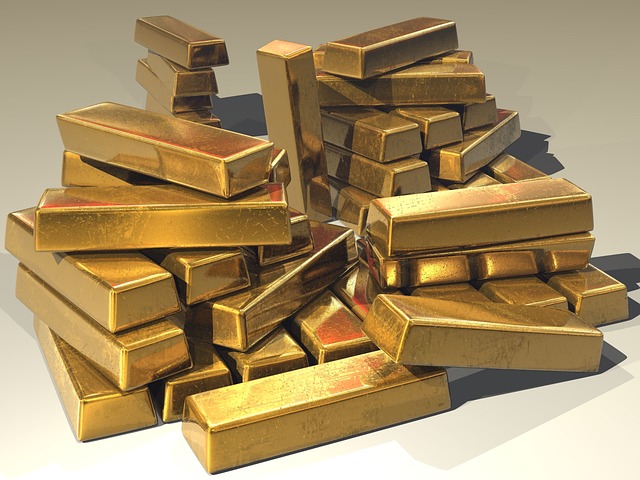

Gold prices have surged to $2,753 per ounce as of November 5, 2024, marking a remarkable 33% increase over the past year [7477c424]. This rally has sparked a debate among analysts regarding the primary drivers of gold's ascent. Jupiter Asset Management attributes the rise largely to futures contracts, while Julius Baer emphasizes the influence of market sentiment [7477c424]. Ned Naylor-Leyland has pointed out the significant role of central banks in driving gold demand, particularly as they continue to accumulate gold reserves [7477c424]. Carsten Menke from Julius Baer has cautioned that the current speculative trading may be increasingly detached from underlying fundamentals, raising concerns about sustainability [7477c424]. Meanwhile, Macquarie has forecasted that gold prices could potentially reach $3,000 per ounce by early 2025, driven by ongoing economic uncertainties [7477c424]. Additionally, there are expectations that Chinese investors and the People's Bank of China will re-enter the gold market amid growing economic concerns, further supporting demand [7477c424]. In a recent analysis, Sprott noted that gold bullion appreciated over 27% in 2024, ending at $2,624.50, and has outperformed stocks, bonds, and the U.S. dollar since 2000 [16f0f7f8]. Various forecasts predict gold prices could top $3,000 in 2025, with Goldman Sachs and Deutsche Bank projecting $3,000 and $2,600 respectively [16f0f7f8]. However, gold-backed global ETFs shrank by 3.2% in 2024, indicating some market volatility [16f0f7f8]. Potential catalysts for further increases in gold prices include disruptions in the equity and cryptocurrency markets, bond market instability, and U.S. dollar devaluation [16f0f7f8]. This combination of factors suggests that while market sentiment plays a crucial role, the fundamentals of gold demand, particularly from central banks, remain a significant influence on its price trajectory [7477c424].